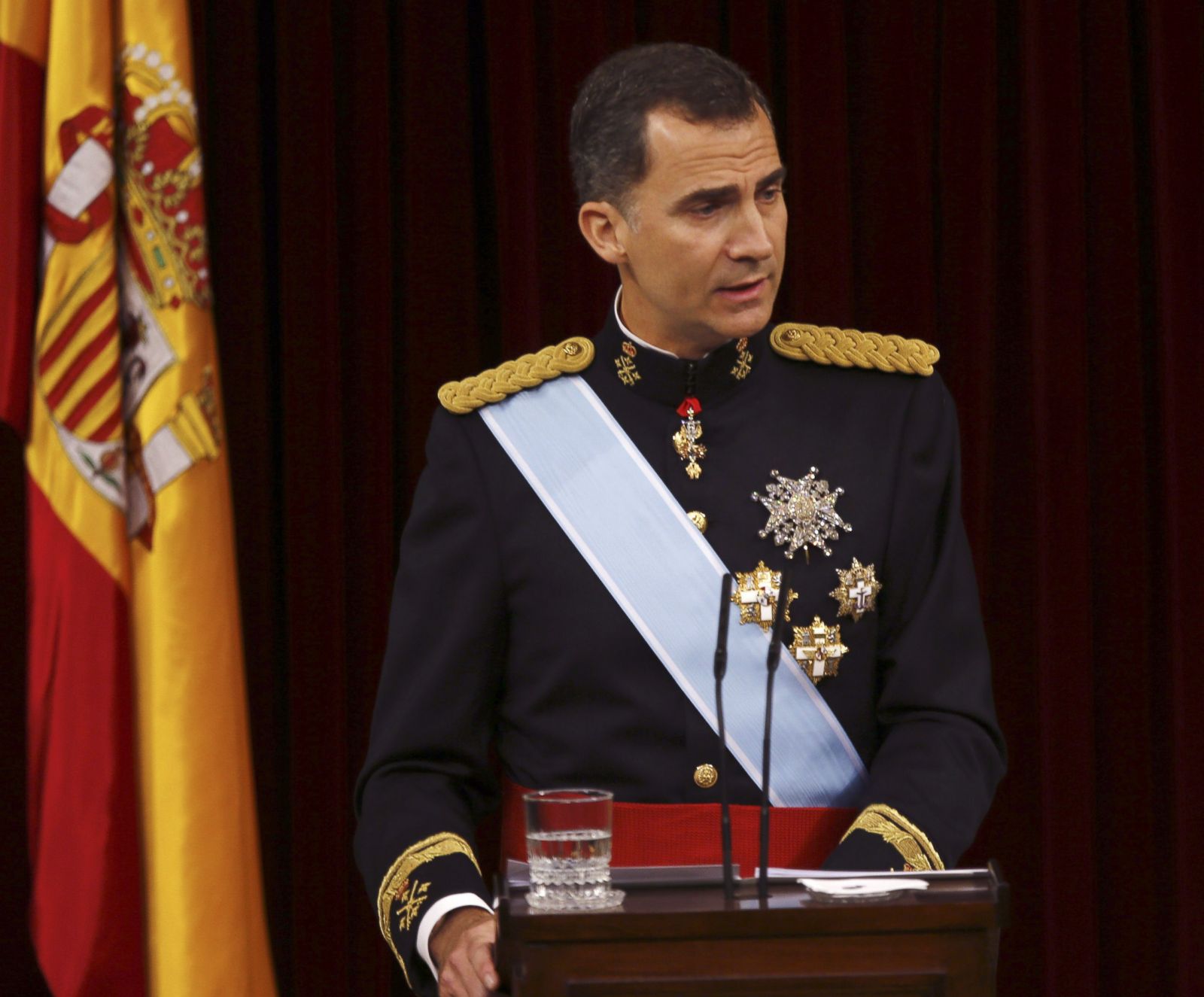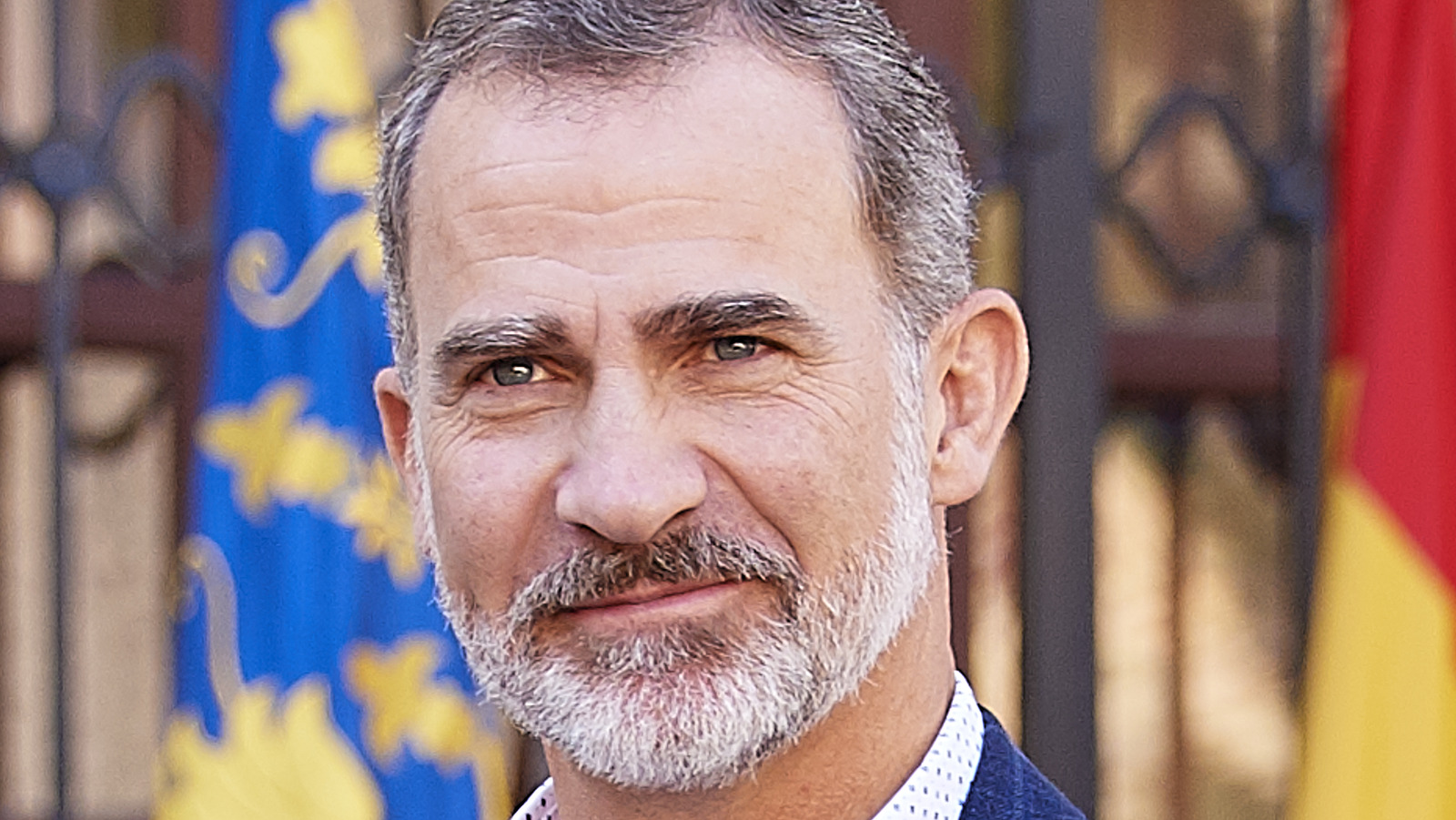Historical Significance: King Of Spain

King of spain – The Spanish monarchy is one of the oldest and most influential in the world, with a history stretching back over a millennium. The monarchy has played a central role in shaping the country’s culture, politics, and economy, and has been a witness to some of the most important events in Spanish history.
The Early Years
The origins of the Spanish monarchy can be traced back to the Visigothic kingdom of Toledo, which was founded in the 6th century AD. The Visigothic kings were Christian, and they adopted many of the traditions of the Roman Empire, including the idea of a strong monarchy. In 711, the Visigothic kingdom was conquered by the Moors, who established a Muslim caliphate in Spain. The Christian kingdoms of the north gradually reconquered the peninsula over the next several centuries, and by the 15th century, the Spanish monarchy had been restored.
The Golden Age
The 16th and 17th centuries were a golden age for the Spanish monarchy. Under the rule of the Habsburg kings, Spain became one of the most powerful empires in the world. The Spanish Empire included territories in Europe, the Americas, and Asia, and the Spanish monarchy was at the center of a vast network of trade and diplomacy.
The King of Spain, a fervent tennis enthusiast, was unable to attend this year’s Wimbledon final due to prior commitments. Despite his absence, the King’s passion for the sport remains undiminished. He has been a regular attendee at Wimbledon over the years, often gracing the Royal Box with his presence.
The Decline of the Monarchy
The Spanish monarchy began to decline in the 18th century. The Bourbon kings who succeeded the Habsburgs were less effective rulers, and Spain lost much of its territory in Europe and the Americas. In the 19th century, Spain was plagued by political instability and civil war. The monarchy was finally abolished in 1873, but it was restored in 1874. The monarchy has survived to the present day, but it has been greatly reduced in power.
The King of Spain, Felipe VI, is an avid tennis fan and has been seen attending major tournaments, including the Grand Slams. One of the most exciting young players on the ATP Tour is Carlos Alcaraz, who has already won two Grand Slams in his young career.
Alcaraz’s Grand Slam victories have made him one of the most talked-about players in the world, and he is sure to be a contender for many more Grand Slams in the years to come. The King of Spain will undoubtedly be watching Alcaraz’s career with great interest.
Current Reign of King Felipe VI
King Felipe VI ascended to the throne of Spain in 2014 following the abdication of his father, King Juan Carlos I. As the current reigning monarch, King Felipe VI holds a primarily ceremonial role, symbolizing the unity and continuity of the Spanish nation.
Responsibilities and Influence
King Felipe VI’s responsibilities include representing Spain in international affairs, appointing government officials, and signing legislation into law. While he does not possess direct political power, the king can exercise influence through his public speeches and meetings with political leaders. He also plays a key role in promoting Spanish culture and values.
Challenges and Opportunities, King of spain
The Spanish monarchy faces several challenges in the 21st century. These include the rise of republican sentiment, the need to adapt to a changing political landscape, and the ongoing economic crisis. However, the monarchy also has opportunities to strengthen its position by embracing transparency, accountability, and modernization.
Public Perception
The public perception of the monarchy in Spain is complex and multifaceted. While some view the monarchy as an outdated institution, others see it as a symbol of national unity and tradition. Recent scandals involving the royal family have damaged the monarchy’s reputation, but King Felipe VI’s efforts to modernize the institution have helped to restore some public trust.
Cultural and Symbolic Importance

The Spanish monarchy holds immense cultural and symbolic significance, deeply intertwined with the nation’s history, traditions, and heritage.
As a guardian of Spanish identity, the monarchy plays a pivotal role in preserving and promoting the nation’s rich cultural legacy. Through official ceremonies, state visits, and public appearances, the royal family embodies the continuity and unity of the Spanish people.
Role in Preserving Spanish Traditions and Heritage
- The monarchy acts as a patron of the arts, supporting museums, theaters, and cultural institutions that showcase Spanish heritage.
- Royal palaces and historical sites serve as living testimonies to the nation’s past, providing a tangible connection to Spanish history and culture.
- The monarchy fosters cultural exchange, promoting Spanish language, literature, and traditions on a global scale.
Representation in Spanish Art, Literature, and Popular Culture
The Spanish monarchy has been a constant source of inspiration for artists, writers, and musicians throughout history.
- In art, royal portraits, tapestries, and sculptures depict the monarchy’s grandeur and historical significance.
- Literature is replete with works that explore the monarchy’s role in Spanish society, from historical dramas to contemporary novels.
- Popular culture often features the monarchy in films, television shows, and music, reflecting its enduring fascination for the Spanish public.